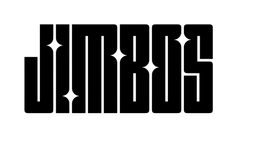How Polish Oils Affect Correction, Dusting, and Wipe-Off
Ever used a polish that smeared like crazy? Or one that dusted so much it looked like a bakery exploded? That’s usually not the abrasives—it’s the oil system.
In this post (and the video below), I’ll break down how different polish oil blends affect how a product performs—and what we built into Picture Perfect Polish to make it work better for real-world detailers.
What Do Polish Oils Actually Do?
Polishes and compounds contain oils for several key reasons:
- Extend work time (so abrasives don’t dry out too fast)
- Improve spread and flow over the panel
- Reduce dusting from dry, chalky formulas
- Add gloss and clarity to the final finish
But too much oil—or the wrong kind—can backfire.
Problems with Oil-Heavy Polishes
If a product is overloaded with oils or uses low-grade types, you might see:
- Smearing that makes wipe-off a nightmare
- Streaks that show up under certain lighting
- Polish trails or oily residue that requires a panel wipe
This is why pros often hate overly oily compounds, especially on soft paint or in humid conditions.
What We Did in Picture Perfect Polish
When formulating Picture Perfect Polish, I worked with my chemist to strike a perfect balance:
- Enough oil to keep the polish smooth and dust-free
- Low enough oil content for fast, easy wipe-off
- Zero need for a second polish or panel wipe
A Polish That Works with You—Not Against You
- Balanced oil blend: No dust, no streaks, no stress
- Long working time with easy wipe-off
- Clean finish without panel wipe or IPA
Designed for pros, enthusiasts, and anyone tired of oily messes.



